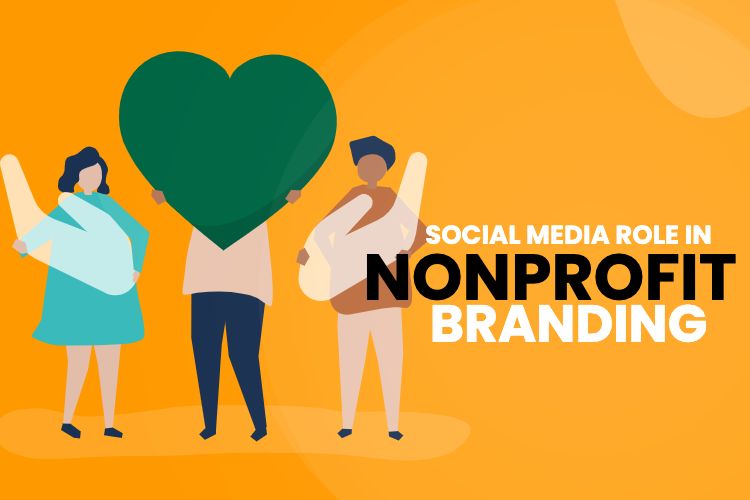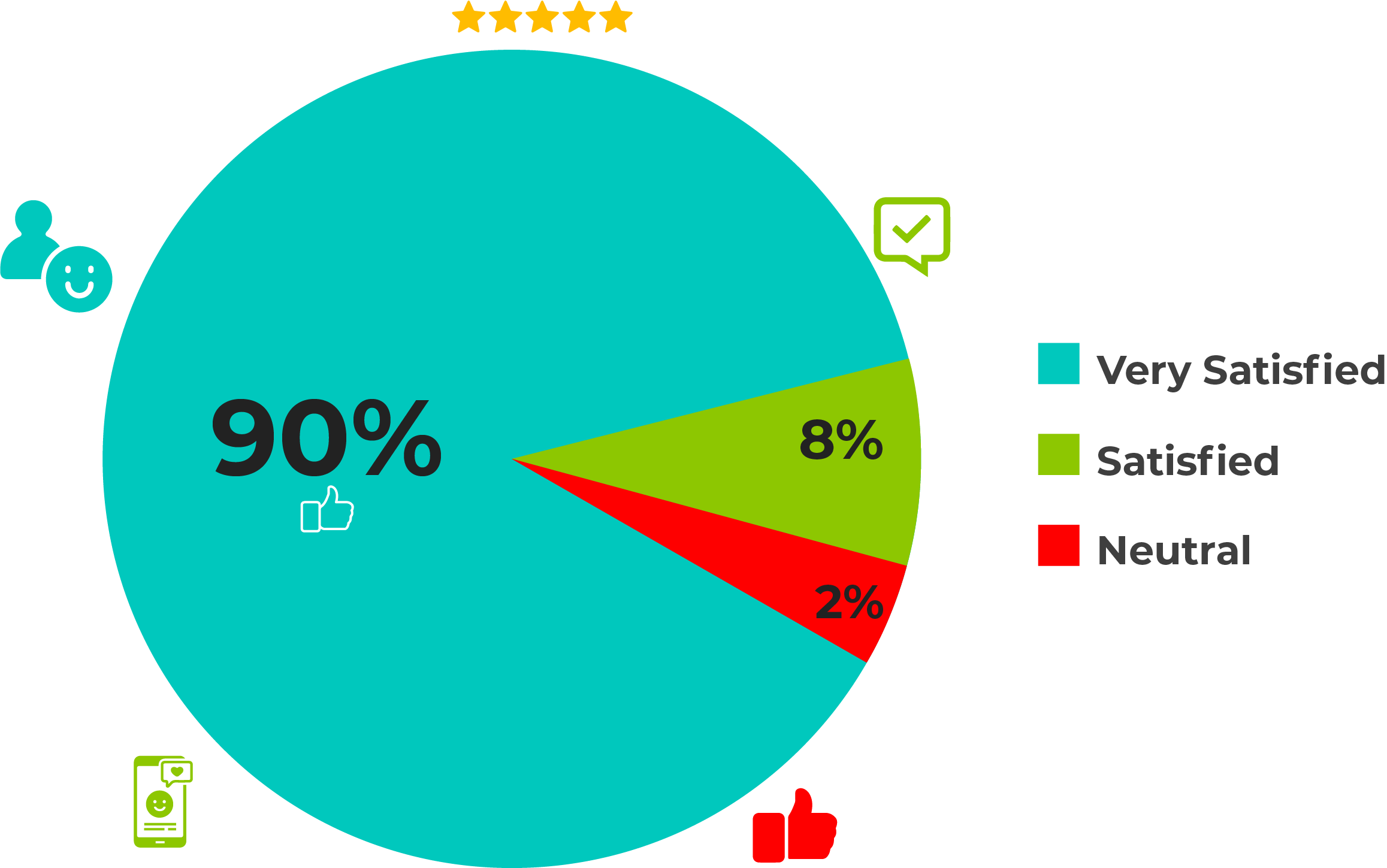Is social media important for nonprofits?
Social media makes up approximately 59.3% of the world’s total population and plays an important role in brand storytelling; stories that increase brand awareness, engage brand supporters, recruit brand volunteers, promote fundraising initiatives, and reach a larger audience. Social media is a powerful tool that allows you to do all this even on a shoestring budget. Every year, the number of social media users continues to grow, so the best place to access a larger potential audience for your non-profit cause is social media. Nonprofit organizations promote causes that make the world a better place, and there’s a lot that the right social media strategy can do to help achieve their full potential.
Benefits of social media for nonprofits
With social media platforms like TikTok, Facebook, LinkedIn, and Instagram, etc, nonprofits can share their mission with the world and connect with supporters of the same cause, thereby creating a greater impact. When nonprofits effectively leverage social media, they can drive more positive actions toward the cause that they represent. Some benefits of social media for nonprofits are:
1. Visibility
With the right content strategy, nonprofits can reach a larger audience, enhance engagement, increase followers, and promote awareness of their cause through engaging content. This means increased social media visibility for nonprofits.
2. Community engagement
Through social media, nonprofits can engage with their audience, which includes volunteers, donors, and beneficiaries. By engaging with them, they can build a sense of community and encourage consistent engagement.
3. Increased donations
Social media provides an avenue for nonprofits to bring their works to the limelight. By sharing compelling stories of actions taken and beneficiary testimonials, nonprofits can encourage more people to show their support by donating helpful resources to the cause.
Challenges of social media for nonprofits
Although social media offers a wide range of benefits to nonprofit organizations, several challenges come with successful leverage. Some of these challenges include:
1. Maintaining an audience
Social media allows nonprofits to build an audience around their cause, but maintaining such an audience can pose a bigger challenge. There’s the need to consistently create compelling content to retain their audience’s attention and stand out amidst the competition. It takes great effort to continuously keep and engage an audience on social media, especially when you have to maintain consistent branding across different social media platforms.
2. Paid advertisement and algorithm changes
With the regular update of the social media algorithm, the visibility of nonprofit brands is affected. To enable their content to continually reach the target audience, there’s the need to update and adjust the content strategy to fit the algorithm changes. Other times, nonprofits may have to consider paid advertising because social media puts paid advertisements before organic ones. To be on the good side of this, despite being on a tight budget, nonprofits have to allocate a budget for paid advertisement to maximize their reach across multiple social media platforms.
3. Online Reputation
Social media allows people to voice their opinions, which can be either good or bad. These opinions also have a way of amplifying an organization’s reputation, whether positive or negative. To ensure that negative feedback does not pose potential crises, nonprofits have to monitor and address complaints and negative comments effectively while protecting their brand reputation online.
What roles can social media play in a nonprofit?
1. Relationship building
Nonprofits thrive on the continuous support that they receive from people, volunteers, donors, and key stakeholders. Relationship building is influential in getting this needed support. A social media strategy is needed in place to gain the trust of these people and build a successful rapport with them. Social media gives nonprofits the platform to be transparent with the organization’s work, funds usage, and beneficiary relationships. Doing this boosts credibility, which in turn helps to gain the trust of supporters, donors, and stakeholders. A two-way communication strategy can build a strong relationship between nonprofits and their target audience. To achieve this, nonprofits can share contents that highlight major performances, recent progress, their impact, and other things that will boost audience engagement. This way, they can gain the attention of stakeholders and supporters, who can also directly respond and share feedback.
2. Donations and Fundraising
Nonprofits organize fundraising campaigns occasionally, and donations are crucial to the overall results of these campaigns. Many people use social media, which means that potential donors can be found on social media too. Social media allows nonprofits to implement strategies to raise funds and support the movement of their cause without having to spend too much money. Success stories are influential to the success of fundraising campaigns, and social media provides the right avenue for nonprofits to reach a wider audience with compelling stories that inspire people to donate to their cause. Furthermore, social media can be used to highlight accomplishments from previous donations and give shout-outs to supporters and donors for their contributions, thereby building better relationships with and increasing the chances of future donations from them.
3. Event Promotion
Social media is the best digital spot for promoting nonprofit event campaigns. Showcasing previous event highlights, posting videos and pictures from past event activities, and sharing information about recent events are all effective ways to generate excitement about the latest event initiatives. Nonprofits can use social media to their advantage to raise awareness and increase the chances of event attendance.
4. Recruitment of board members, volunteers, and staff
Volunteer and staff opportunities can be advertised on social media, as well as the current team members’ past and present work. Potential members of nonprofits are available on different social media platforms, and nonprofits can pull them in from there by highlighting the opportunities and benefits associated with working with them. Social media provides an opportunity for potential board members, staff, and volunteers of nonprofits to meet and connect virtually to discuss ways to move it forward, thereby building the right talent and a strong team that supports the mission. These kinds of opportunities are accessible and maximized without necessarily having a physical meeting in the initial stage, and social media allows that.
5. Celebrate Milestones and Successes
With social media, nonprofits can share the impact of their work. When nonprofits share updates on their impacts, successes, and milestones, they maintain the inspiration and drive of their supporters. They can do this by sharing video interviews with partners, volunteers, beneficiaries, and supporters of their organization. Graphics that tell stories of accomplishments can also be shared on social media. Personal storytelling of real-life stories of beneficiaries who have been impacted can be shared on social media and seen on followers’ feeds. Storytelling like this helps to retain existing supporters and attract new ones.
6. Drive and Increase Website Traffic
One of the objectives of nonprofits is to drive more website traffic. Potential collaborators, donors, supporters, influencers, and even volunteers can explore more about the mission, activities, and impact of a nonprofit organization by visiting a website. Some social media platforms allow for the creation of targeted paid ad campaigns to gain leads, welcome potential donors, and get email subscribers. Nonprofits can share their website links and other content that encourage their followers to visit their website, thereby driving site traffic on a pay-per-click basis.
7. Collaborate with other organizations
Collaborations with like-minded organizations to forge a partnership can be done through social media. Nonprofit organizations can connect with influencers, individuals, and complementary organizations to support each other’s causes, share resources, increase audience reach, and promote collective impact. Social media provides a digital space for discovering and connecting with potential collaborators and promoting joint campaigns, initiatives, and events.
8. Community
A social media presence provides a space for a virtual gathering of nonprofit supporters. A community fosters a sense of belonging and inclusion among supporters of a particular cause and mission. Nonprofits can create a space for followers to share and exchange ideas, join conversations, and be a part of the movement. Building an online community is a means for nonprofits to engage their supporters, recognize their support, share stories and accomplishments with them, and make them a part of a greater cause.
In conclusion, social media plays a pivotal role in nonprofit social media marketing strategy, and branding in this digital age. With social media, nonprofits can generate unlimited awareness about their works, promote advocacy, build and sustain relationships with their audience, showcase their impacts, and build a strong community online.
There are so many tools for nonprofits to engage with their audience and improve their social media campaigns. To learn more about how social media can be used in your nonprofit marketing in 2026, get more opportunities for nonprofits, develop a social media strategy, or engage your audience visit techandclient.com.




